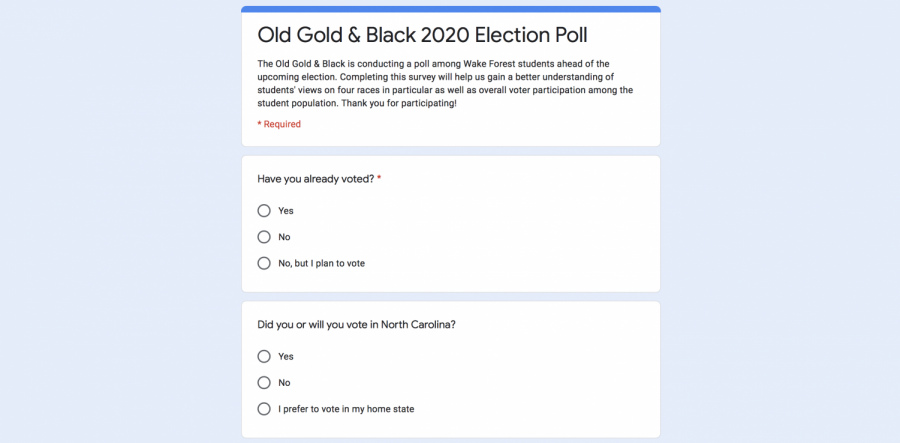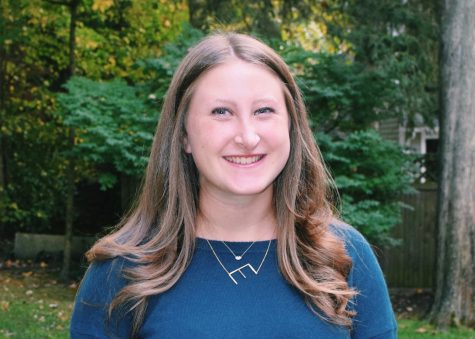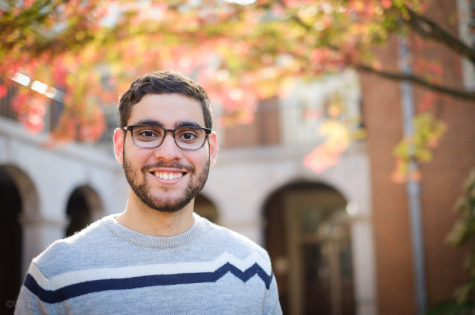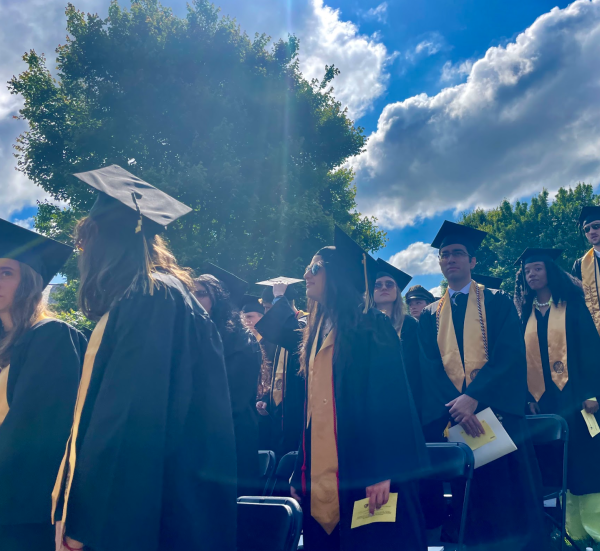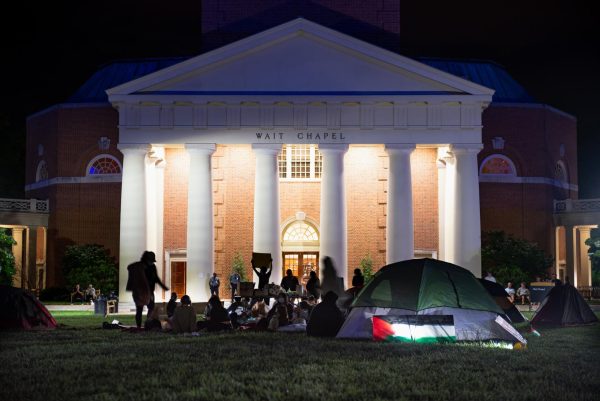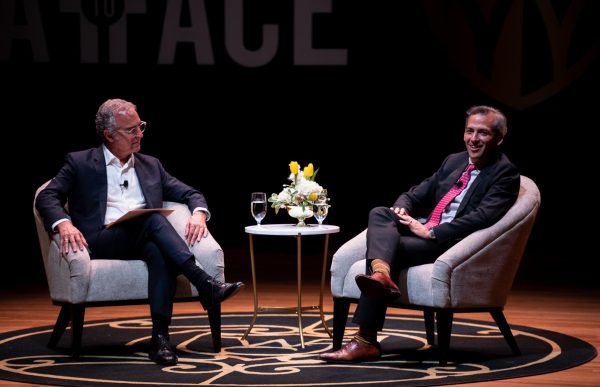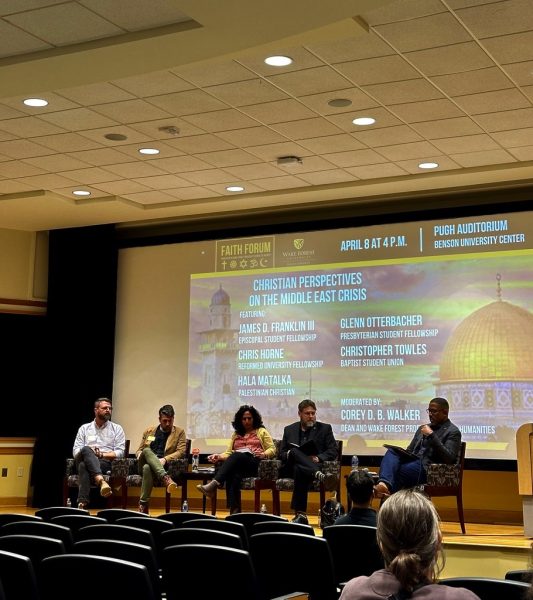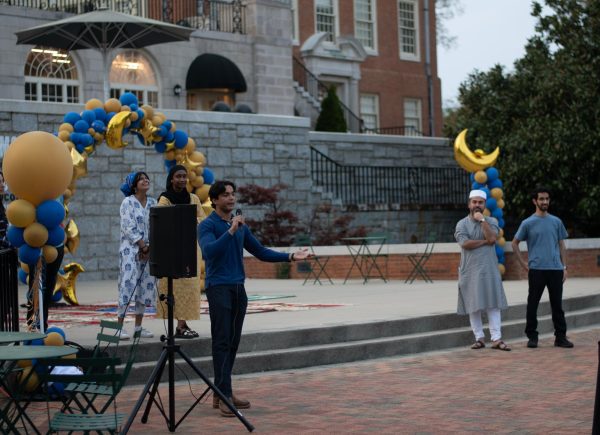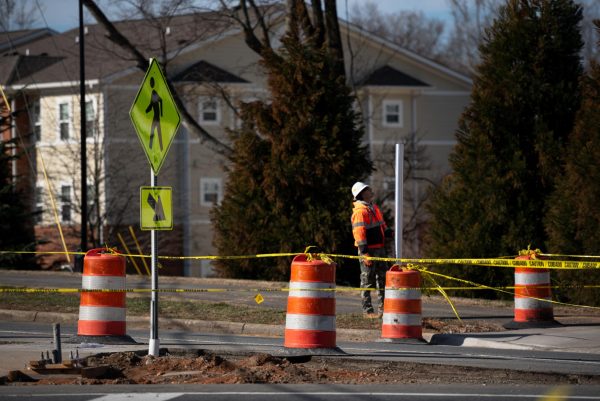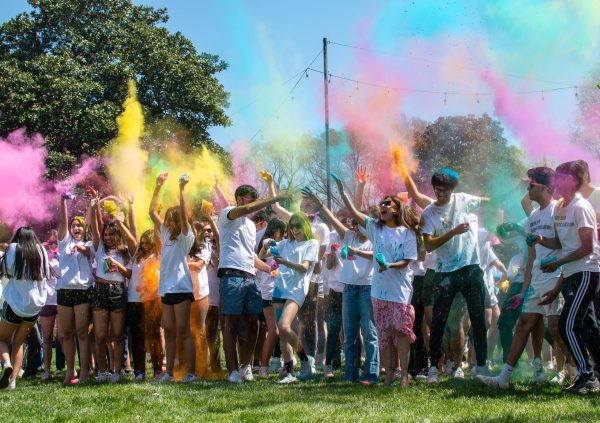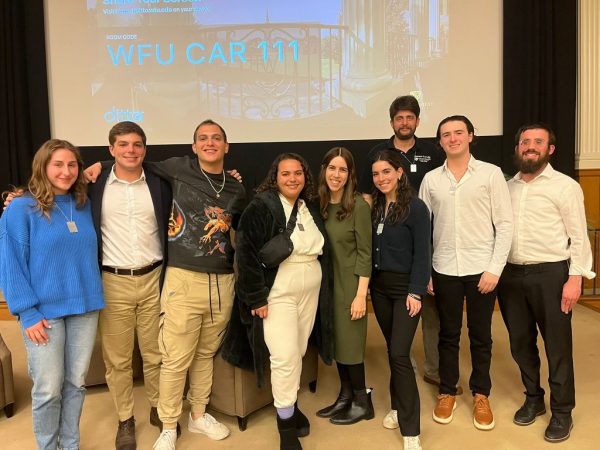Results of the first-ever Old Gold & Black election poll
The poll captured how students felt about four critical races just days before Election Day
November 5, 2020
For the first time in its 104-year history, the Old Gold & Black conducted an election poll, surveying Wake Forest students about their opinions regarding four races. The poll exposed several key themes leading up to the election, including that all respondents intend to vote and that the vast majority of them favor Joe Biden for president.
A total of 221 students, spanning all four undergraduate years as well as graduate students, participated in the poll. Sophomores were the most represented class in the survey, comprising 28.2% of participants followed by seniors (26.4%), first-year students (21.8%) and juniors (20.9%). Graduate students accounted for only 2.7% of all respondents.
The survey was conducted through Google Forms and was distributed by the Old Gold & Black Instagram account, as well as promoted by individual members of the newspaper staff.
Just days before the election, a striking 89.1% of respondents indicated they supported Joe Biden for president. This statistic stands in stark contrast to the only 9.5% of respondents who support President Trump, according to the poll. The remaining 1.4% of students responded that they do not support either candidate. Biden’s margin over Trump is significantly higher than the margins registered by other candidates over their opponents in local races. It is also significantly larger than the national spread between the two candidates, which according to a NBC News/Wall Street Journal poll showed Biden 10 points ahead of Trump (52% to 42%) the night before Election Day.
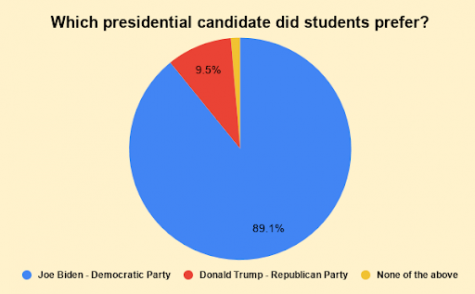
Students also indicated a strong preference for Democratic candidates in the gubernatorial, senate and congressional races in North Carolina. Additionally, the majority of students who favored Biden also supported other Democrats down the ballot. However, Governor Roy Cooper (preferred by 58.8% of respondents) Senate candidate Cal Cunningham (57.9%) and Congressional candidate Kathy Manning (53.5%) were still far behind in popularity among students in comparison to Biden. The gap in popularity between Biden and other Democratic candidates down the ballot could be explained by the fact that a significant portion of students (34.4%) decided to vote outside of North Carolina. The presidential race is the only race each of the respondents could have voted for regardless of which stated they voted in.
Each of the Senate, Gubernatorial and Congressional candidates captured roughly the same percentage of students’ votes, despite controversy in some races and the fact that each of the candidates holds unique views on specific issues. This points to the possibility of a “Vote Blue” mentality, where voters stick with the Democratic party along the entire ballot. There are only a few instances where Biden supporters departed from the Democratic party and chose to vote for either Tillis or Forest.
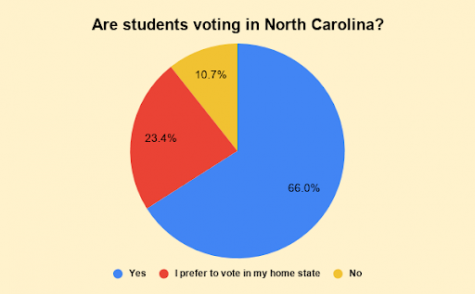
On the other hand, students who favored Trump also generally favored other Republicans on the ballot. However, among students who responded that they support Trump, there are more examples of split-ticket voting than with Biden supporters. One student, for example, voted for Democrats in each of the races other than the presidential race, while others voted for Cunningham, Cooper or Manning in addition to Trump.
The overall preference for Democrats over Republicans might also derive from the profile of students that answered our survey, as Democrat-leaning individuals are more likely to answer election polls. However, the margin of preference for Democrat candidates is still significant, especially in the presidential race.
The results of the poll also show a fair amount of student engagement in down-ballot races. Virtually all students cast a ballot for each of the races, with only a small portion (5.5%) of people indicating they did not vote in the Congressional race, and even smaller percentages of students (0.9%) indicating they did not vote in either the Senate or Gubernatorial races. The lower turnout in the Congressional race is to be expected, given that Congressional races often fail to produce high turnout among voters and that this race is not projected to be particularly close.
A statistic that proves particularly striking is that 99.1% of respondents voted early, whether in-person or through mailing in their ballots. Less than 1% of student respondents said they plan to vote on Election Day. While 94.1% of respondents had already voted at the time they completed the survey, 5.9% had not, but said they plan to. All of the respondents voted or had a plan to vote when they submitted the survey.
In the Senate race, Cunningham was heavily favored by students with 128 respondents (57.9%) supporting him over Tillis, who was preferred by only 14 respondents (6.3%). Seventy-five students (33.9%) indicated that they were voting in a different state. Cunningham is favored to win the race by a slim 3.2 points (50.5% to 47.3%) margin according to FiveThirtyEight.com.
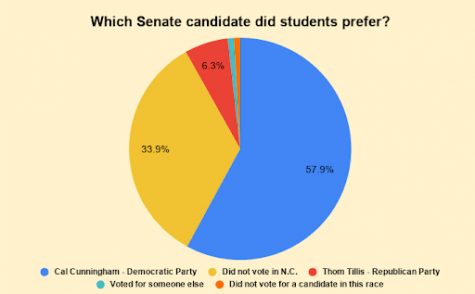
In the Gubernatorial race, 130 students (58.8%) supported Cooper over Forest, who garnered the support of only 13 students (5.9%). Just as in the Senate race, 75 students (33.9%) indicated they would not be voting in North Carolina. Just under one percent of voters did not vote for either candidate in the Gubernatorial race, and 0.5% voted for another candidate. According to FiveThirtyEight.com, an Emerson College poll put Cooper 10 points ahead of Forest just days before the election.
In the Congressional race, 118 respondents (53.5%) preferred Manning over Republican Lee Haywood (4.1%) as the next representative for the state’s sixth district. Manning is expected to win the race by a landslide with FiveThirthyEight.com projecting her as a 26.4-points favorite (61.4% to 35%) over Haywood.
Overall, our poll suggests that Wake Forest students have preferred to vote during the early voting period instead of on Election Day, as all but two students indicated they voted or made plans to vote early. Two thirds of students are voting in North Carolina, with a clear preference for Democratic candidates in the presidential and state races. Because this is the very first poll conducted by the Old Gold & Black among Wake Forest students, there are no similar data sets for us to compare our results to at the moment. However, we hope that this will be the first of many election polls as part of a new tradition at the newspaper, as we strive to understand and accurately portray the electoral preferences of students on campus.
You can view the full results of our survey here. Students’ identification or email addresses were not registered to guarantee their anonymous participation, but only students with a Wake Forest email were able to fill out the form. Duplicate responses were not permitted.


